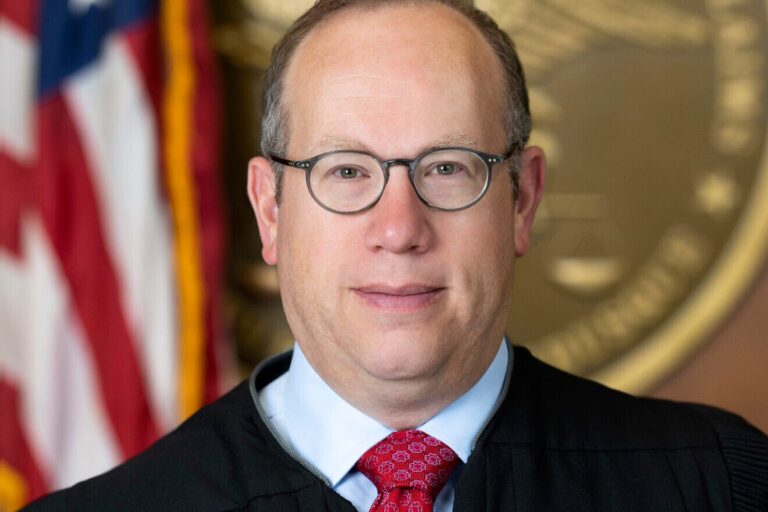 The nation’s uninsured rate dropped modestly this month as the major coverage expansion under President Barack Obama’s health care law got underway, according to a closely watched survey released Thursday.
The nation’s uninsured rate dropped modestly this month as the major coverage expansion under President Barack Obama’s health care law got underway, according to a closely watched survey released Thursday.
The Gallup-Healthways Well-Being Index found that the uninsured rate for U.S. adults dropped by 1.2 percentage points in January, to 16.1 percent. The biggest change was for unemployed people, a drop of 6.7 percentage points. That was followed by a 2.6 percentage-point decline for nonwhites. Traditionally both groups are far more likely to be uninsured than the population as a whole.
The survey found no appreciable change among young adults ages 18-34. Members of that coveted, low-cost demographic have been ambivalent about signing up so far.
Based on interviews with more than 9,000 people, the Gallup numbers could be the first evidence that core provisions of Obama’s much-debated law have started delivering on the promise of access for nearly all Americans.
The overall drop in the uninsured rate would translate to approximately 2 million to 3 million people gaining coverage.
Major elements of the health care law took effect with the new year. Virtually all Americans are now required to get covered or risk fines. Insurers can no longer turn away people with health problems. New state-based markets are offering taxpayer-subsidized insurance to middle-class households.
Medicaid sign-ups are also rising. That’s partly because of a program expansion accepted by half the states and partly as a consequence of previously eligible but unenrolled people now forced to comply with the law’s individual coverage mandate.
“The uninsured rate had been expected to come down as the Affordable Care Act was implemented,” said Frank Newport, Gallup’s editor in chief. “That would be the most reasonable hypothesis.”
Nonetheless, Newport said it could take a calendar quarter — three months — to discern a full trend. Other factors could also be behind the shift, including an improving economy.
“It’s a drop, but not extraordinary,” said Newport. “The glass is half full for proponents of the Affordable Care Act because things are moving in the right direction. But the glass is half empty because things haven’t moved much.”
The increase in coverage among unemployed people “comports with what the Affordable Care Act was intended to do,” he added.
Gallup’s numbers are not comparable to various figures cited by the Obama administration, estimates that have ranged as high as 9 million people benefiting.
The administration’s numbers include people buying coverage in the new insurance exchanges, Medicaid enrollees and young adults who can stay on a parent’s plan until they turn 26. But some of those people may have been insured previously; they either had to switch coverage because of the law or they joined a new plan because it turned out to be a better deal.
The coverage rollout has been a wild ride for Obama and congressional Democrats who battled to pass the law four years ago against lockstep Republican opposition.
The federal enrollment website serving 26 states went down when it was launched Oct. 1, and it took two months to make needed fixes. Meanwhile, at least 4.7 million people had their existing individual policies canceled because those plans didn’t meet the law’s requirements. Republicans hoped “Obamacare” would implode.
The story still could take unexpected turns because open enrollment season doesn’t end until March 31. While the technical problems with HealthCare.gov have largely been cleared up, insurers are still reporting glitches. And consumers getting familiar with the new plans are finding that some tightly restrict their choices of doctors and hospitals.
The Gallup-Healthways survey found that the uninsured rate dropped in January across major subgroups. Women saw a decline of 1.9 percentage points, about three times greater than the 0.6 percentage-point drop for men. Uninsured rates also fell all along the income ladder, with those making $36,000-$89,999 seeing the greatest drop, 1.8 percentage points.
The survey was based on telephone interviews from Jan. 2-19 with a random sample of 9,145 adults aged 18 and older in all 50 states and the District of Columbia. For results based on the total national sample, the margin of sampling error is plus or minus 1 percentage point.
(AP)










